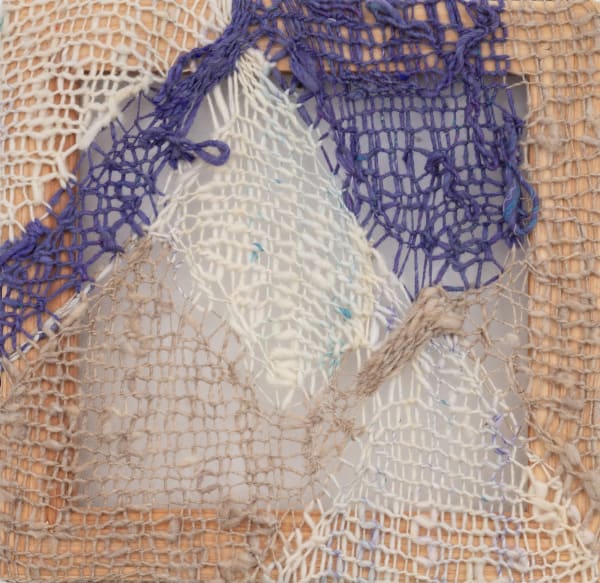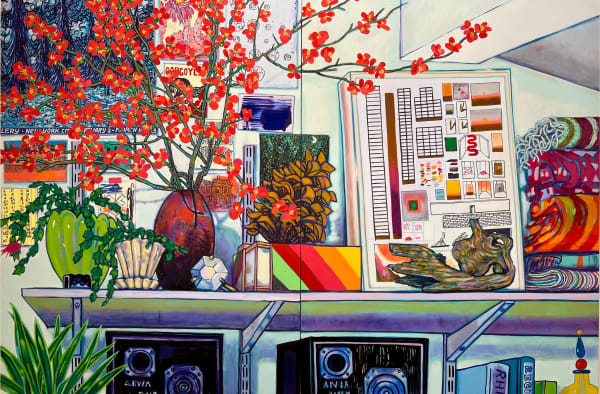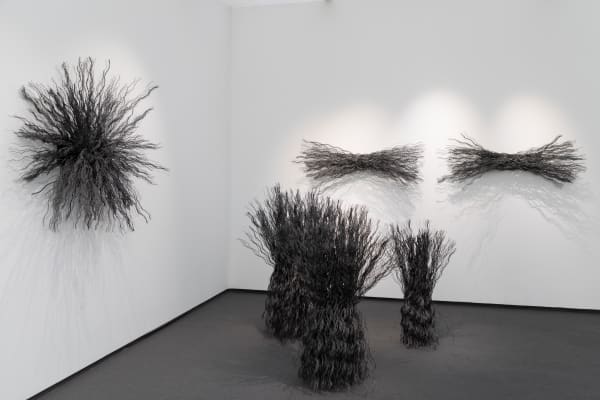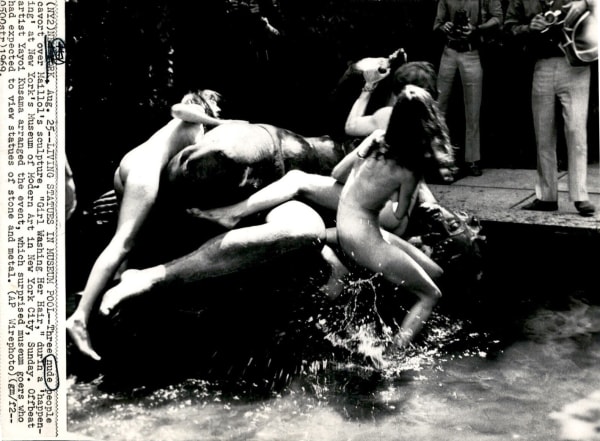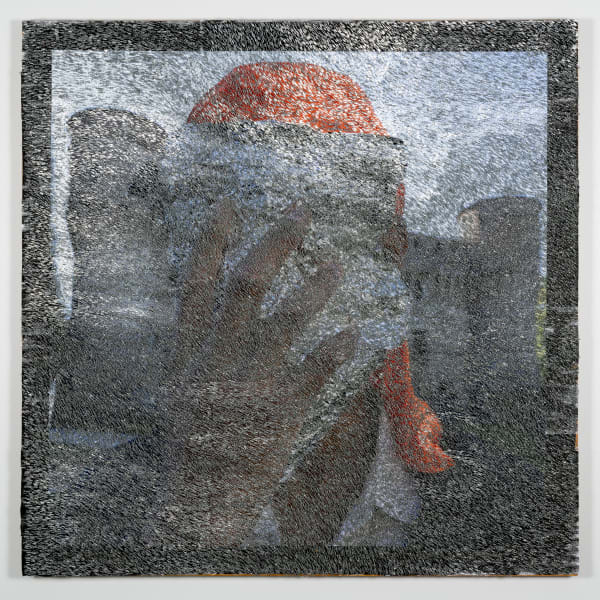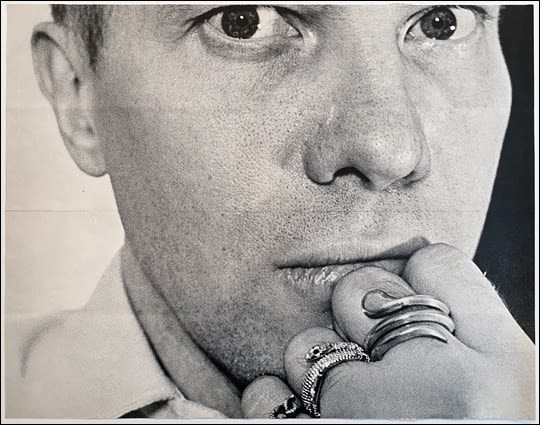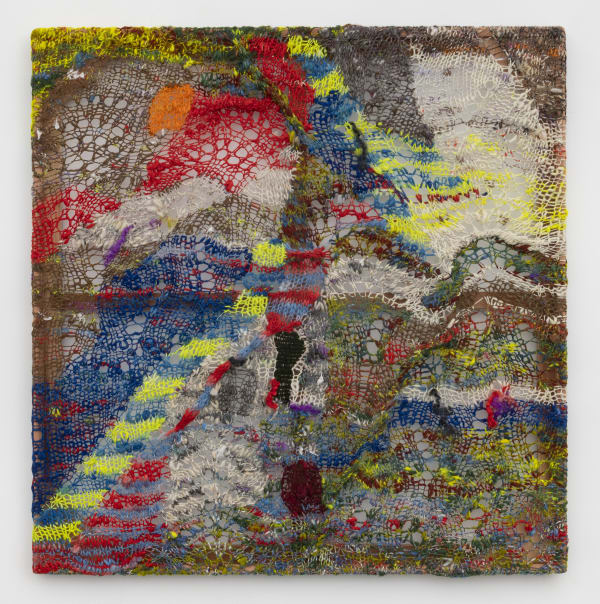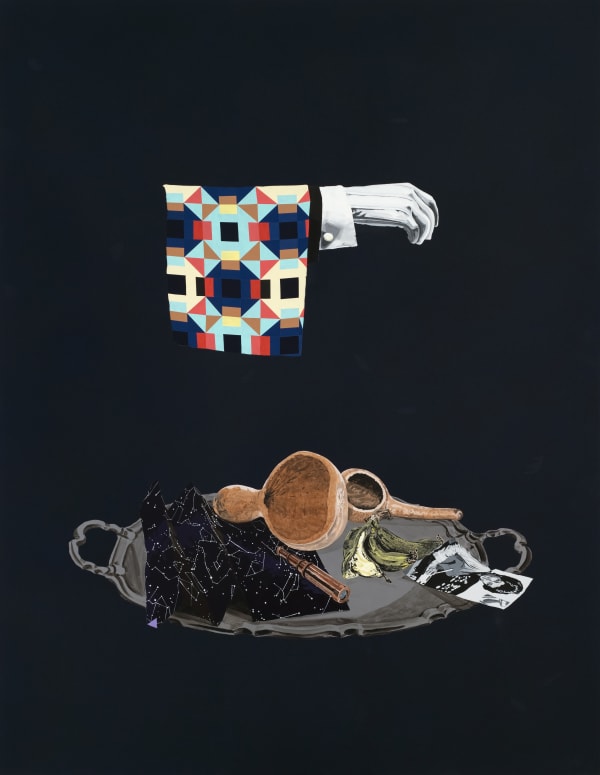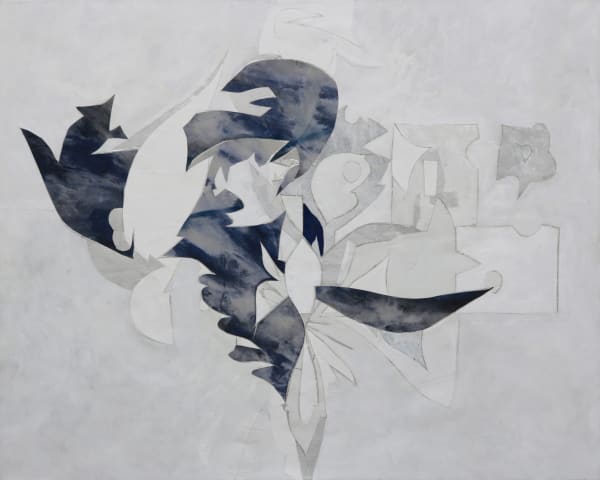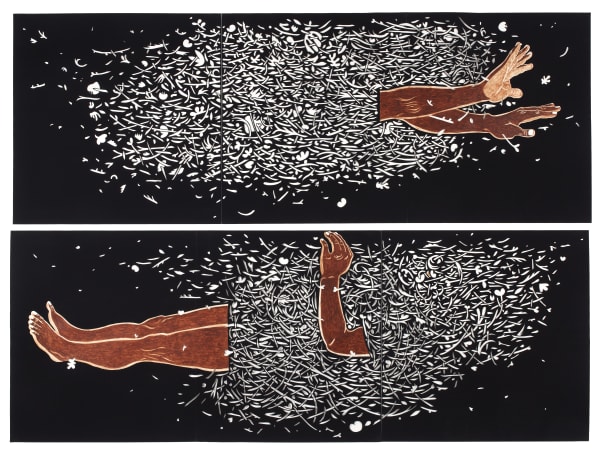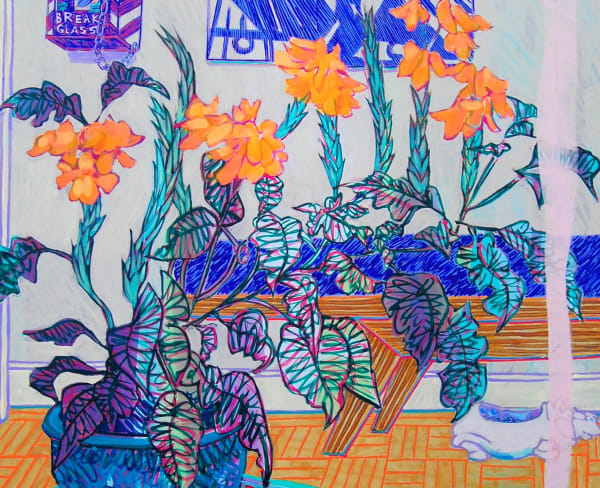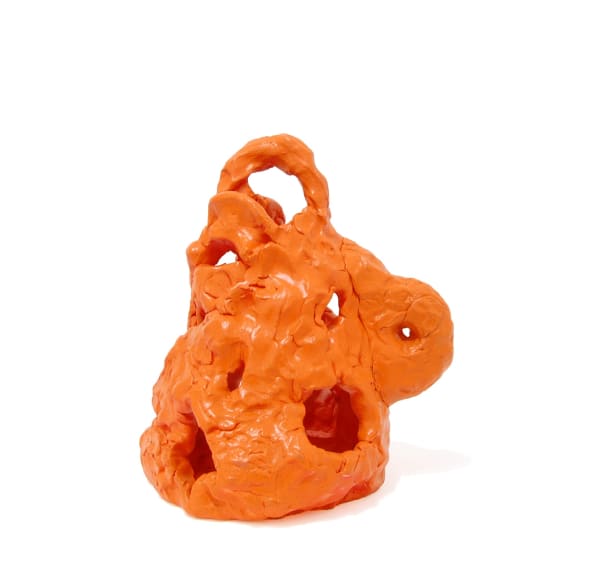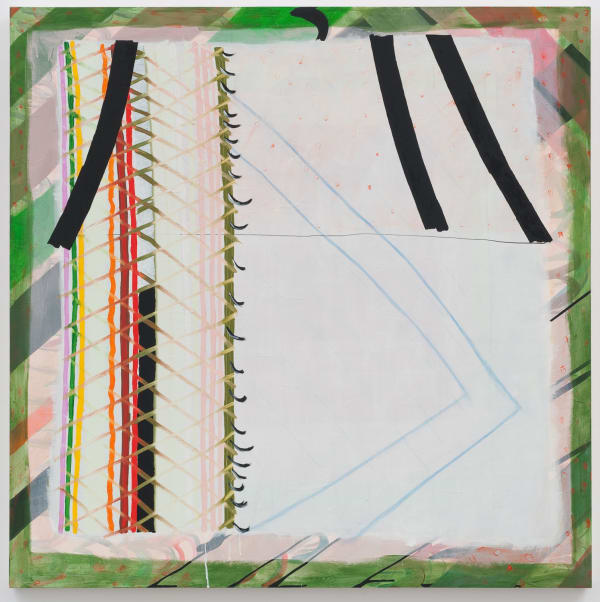Past
-

The Art Show
Martha Jackson Jarvis 30 Oct - 2 Nov 2024 Susan Inglett Gallery presents select works by Martha Jackson Jarvis, in tandem with What The Trees Have Seen II , her first solo exhibition at the gallery. The exhibition will... Read more -

The Armory Show
Channing Hansen and Wilmer Wilson IV 5 - 8 Sep 2024 Susan Inglett Gallery presents select works by Channing Hansen and Wilmer Wilson IV within the Focus Section of the 2024 Armory Show. Curated by Robyn Farrell, Chief Curator at The... -

1-54 Contemporary African Art Fair
Marcia Kure 1 - 4 May 2024 Susan Inglett Gallery presents a Special Project by Marcia Kure for the 1-54 Contemporary African Art Fair, Booth 33. Kure’s multidisciplinary practice includes sculpture, painting, and collage, all exploring post-colonial... Read more
-

The Art Show
Hope Gangloff: Inner Landscapes 1 - 5 Nov 2023 Susan Inglett Gallery is pleased to present Hope Gangloff: Inner Landscapes at the upcoming ADAA Art Show 2023 from 1-5 November 2023. Agnès Varda once said, “If we open people... Read more -

Frieze Masters
Maren Hassinger: On Dangerous Ground 11 - 15 Oct 2023 Susan Inglett Gallery is pleased to present Maren Hassinger: On Dangerous Ground at the upcoming Frieze Masters 2023 from 11 - 15 October, 2023. In 1981 Maren Hassinger was invited... Read more -

Independent
Yayoi Kusama | Lynda Benglis | Beverly Semmes 11 - 14 May 2023 SUSAN INGLETT GALLERY AND SPECIFIC OBJECT are pleased to present a selection of work by Yayoi Kusama, Lynda Benglis, and Beverly Semmes at the 2023 Independent Art Fair, on view... Read more
-

The Art Show
Wilmer Wilson IV 3 - 6 Nov 2022 Susan Inglett Gallery will present works by Wilmer Wilson IV at the upcoming ADAA Art Show 2022 from 3-6 November 2022. The artist will be present at the fair on... Read more -

Independent 20C
I can’t see how I can be outside of the society — so I’m within it. Curated by David Platzker 8 - 11 Sep 2022 Susan Inglett Gallery is pleased to present SPECIFIC OBJECT AT SUSAN INGLETT GALLERY at the Independent 20th Century Fair. The works included will explore the art and socio-political tumult of... Read more -

Dallas Art Fair
Hansen | Hassinger | Semmes 21 - 24 Apr 2022 SUSAN INGLETT GALLERY is pleased to present a selection of work by Channing Hansen, Maren Hassinger, and Beverly Semmes at the 2022 Dallas Art Fair, on view from 21 –... Read more
-

The Art Show
Robert Kobayashi 4 - 7 Nov 2021 Susan Inglett Gallery will be exhibiting Robert Kobayashi at the upcoming ADAA Art Show. Included are both the artist’s signature mixed media metal constructions as well as a selection of... Read more -

The Armory Show
Focus Section: William Villalongo 9 - 12 Sep 2021 Susan Inglett Gallery will present William Villalongo in the Focus Section at the 2021 Armory Show. The Focus Section, curated by Wassan Al-Khudhairi (Chief Curator, Contemporary Art Museum St. Louis),... Read more -

The Art Show
Beverly Semmes 27 Feb - 1 Mar 2020 Susan Inglett Gallery presents a series of painted canvases by Beverly Semmes, continuing the artist’s Feminist Responsibility Project (FRP). Following a successful first look at the 57th Carnegie International, Semmes... Read more
-

Dallas Art Fair
Benjamin Degen | Ryan Wallace 12 - 14 Apr 2019 Susan Inglett Gallery is pleased to present a showing of oil paintings by Benjamin Degen and multimedia paintings by Ryan Wallace at the Dallas Art Fair, Booth B5. The Fair... Read more -

The Art Show
William Villalongo 28 Feb - 3 Mar 2019 Known for irreverent riffs on the art historical 'muse,' William Villalongo has made episodic paintings and works on paper which underscore historical erasure and reimagined narratives. With this ambitious new... Read more -

Dallas Art Fair
Hope Gangloff | William Villalongo | Ryan Wallace 12 - 15 Apr 2018 HOPE GANGLOFF (b. 1974) is best known for her vibrant portrait and landscape paintings that combine a distinctive bright palette with intricate linework. Her early portraiture garnered attention for its... Read more
-

NADA New York
Beverly Semmes | Ryan Wallace 8 - 11 Mar 2018 RYAN WALLACE constructs paintings from strips of canvas, tiles, metallic tapes and errant found objects, each piece holding a history of its making. The recent work goes further drawing inspiration... Read more -

EXPO Chicago
Allison Miller | Greg Smith 18 - 21 Sep 2014 Susan Inglett Gallery is pleased to present the work of Chicago natives Greg Smith and Allison Miller at EXPO Chicago. Despite pursuing disparate paths, these artists share a conscious approach... Read more

